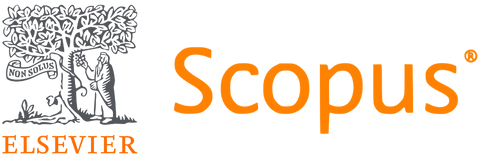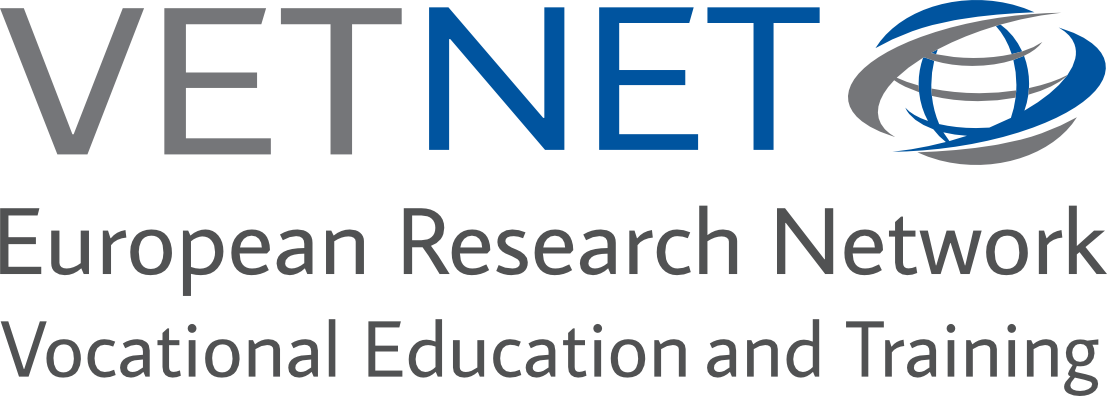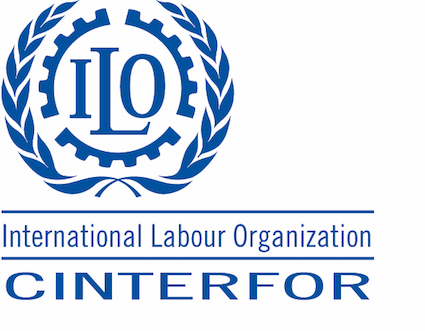Exploring visual languages across vocational professions
DOI:
https://doi.org/10.13152/IJRVET.6.1.4Keywords:
VET, Visual Language, Visual Representations, Annotations, Vocational Professions, Vocational Education and TrainingAbstract
Context: Discovering visual languages across professions is a complex task since it entails discovering a communication system composed of information in image or textual form called representations and also including various kinds of annotations such as notes. Such a task has been previously scarcely considered within research, and basically only investigating in white collar professions (e.g., doctors). This leaves us wondering about all the possible shapes of these vocational visual languages and the potential of using these images to foster learning. For this reason, the current research aims to investigate commonalities and differences of visual languages across vocational professions with the goal of using the outcomes to design educational activities for vocational education and training (VET).
Approach: 55 semi-structured interviews have been conducted within eleven professions from the areas of Craftsmanship, Industry, Health and Services such a plumber and fashion designers. The interviews were audio-recorded and analyzed with NVivo through a coding scheme which served as the main reference for the analysis.
Findings: Results showed that, in terms of visual representations, professionals use different types of drawings such as technical drawings (e.g., woodworkers), evaluation forms (e.g., dental assistants) and illustrations (e.g., gardeners). For sketches, participants indicate the practice of creating sketches depicting objects to produce (e.g. goldsmiths). For photos, they portrayed things to remember or pay attention to (e.g., chemical technologists). Participants across professions use annotations such as notes to specify details of their job. On the other side, they also report profession-specific annotations such as mathematical symbols like the surface roughness (e.g., polymechanics) and diagrammatic elements like different type of lines to indicate the status of the bones and muscles (e.g., massage therapists) or where to cut textiles (e.g., fashion designers). In terms of communalities, participants within technical professions indicated a shared use of both representations and annotations. Conversely, other professions had very specific visual languages hardly shareable across professions.
Conclusion: These results helped in discovering the visual languages of different professions and this knowledge will be used to implement educational activities based on specific skills needed in different professions such as observation skills with the use of VET-specific educational technologies.





